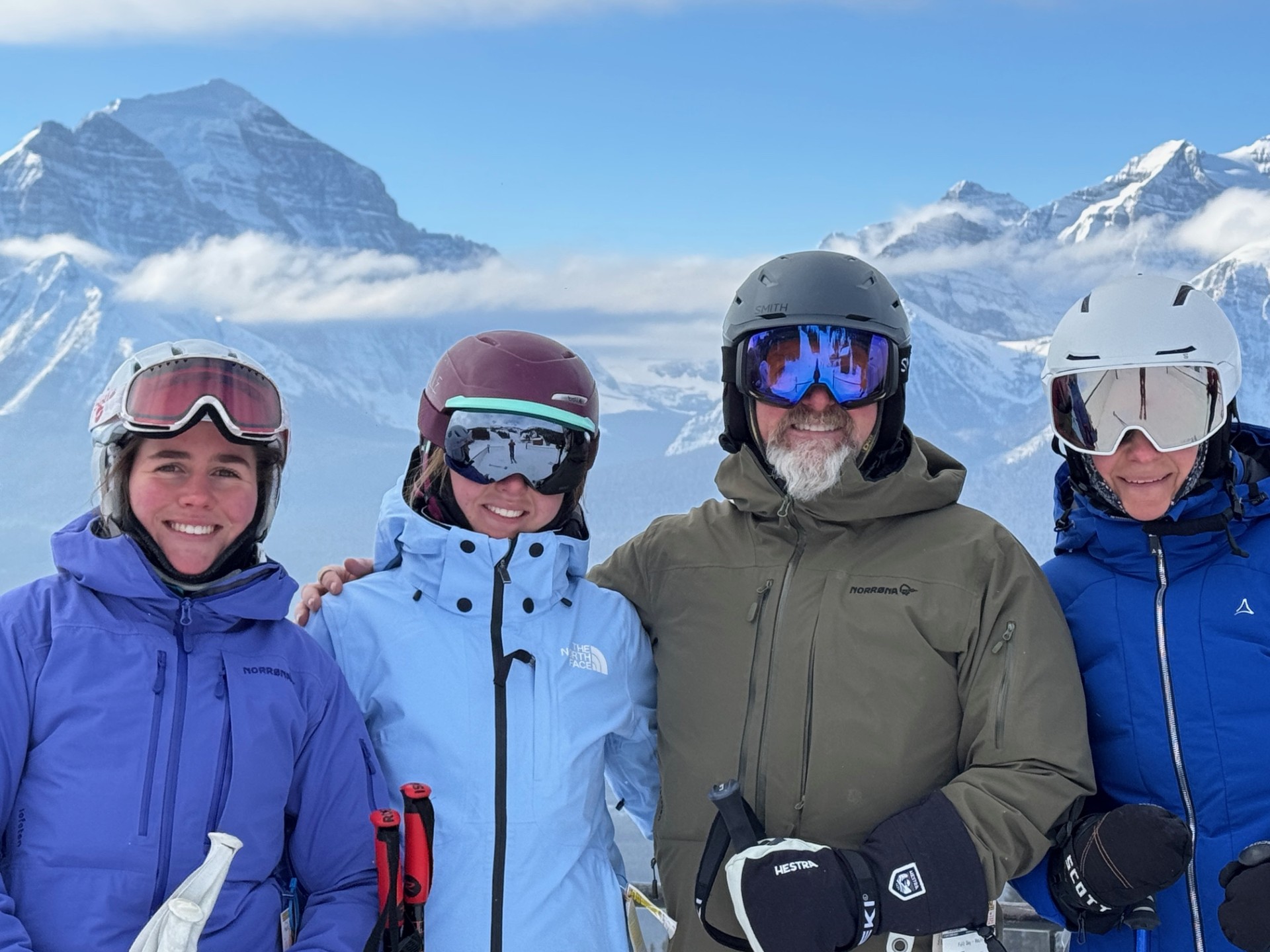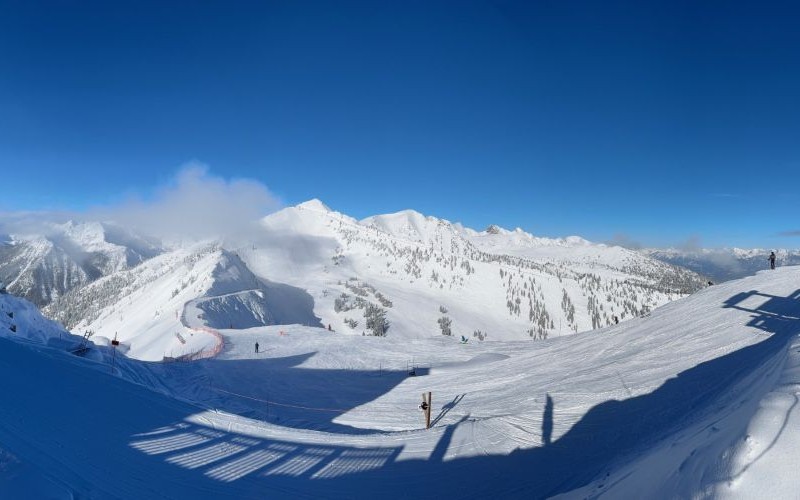Renowned for its reliable snow, warm hospitality and breathtaking backdrop, it’s no wonder Canada features on many avid skiers’ bucket lists. After winter holidaying in the Western provinces, I’ve some pointers to share when planning a Canadian alpine holiday.
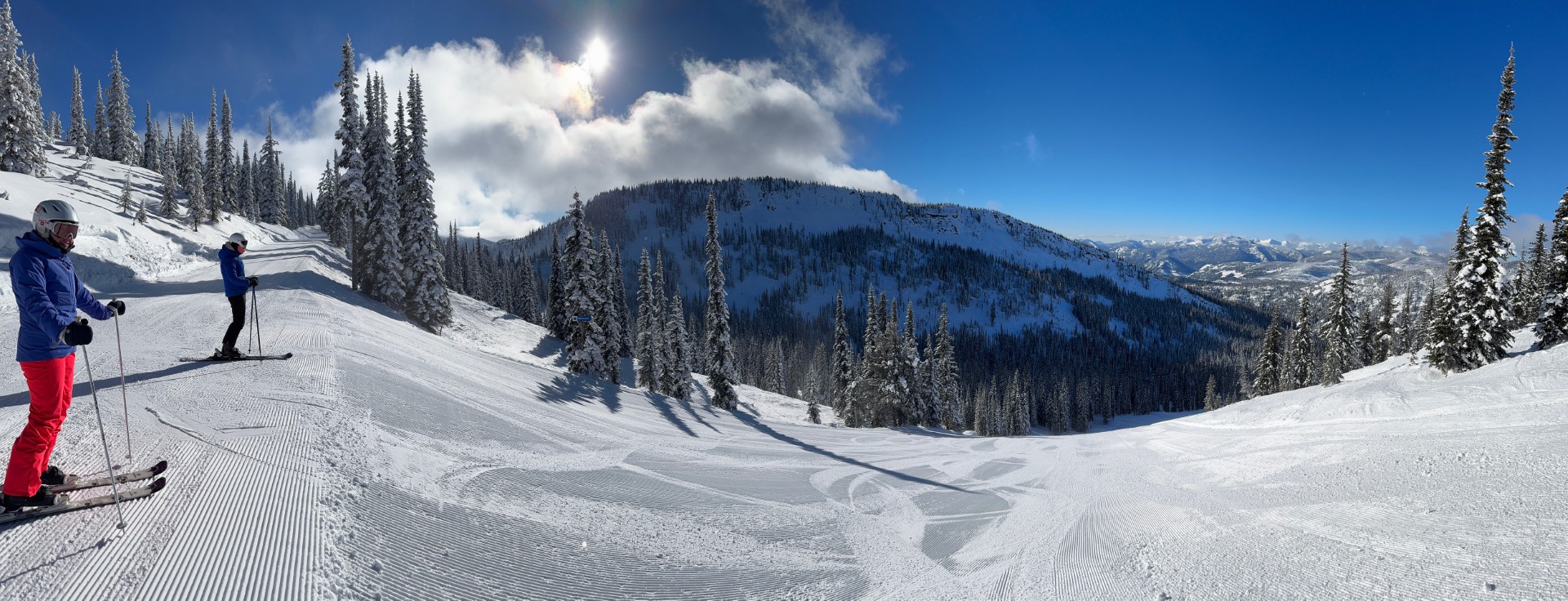
Tree lined slopes, champagne powder, authentic ski towns and the absence of a language barrier make Canada a popular destination for British skiers despite the cost of flying across the Atlantic. While most of the 1.5 million UK winter holidaymakers embarking on a ski or snowboard trip head to Europe (France tops the list) – with consistent snowfall, diverse mountain terrain and friendly locals, there’s merit in going long haul and risking a touch of jet lag. However, heading to North America for winter sport requires more planning than hopping on a plane to Geneva. To help you prepare for your cool adventure, here are some tips to ensure your holiday doesn’t go off-piste.
- Electronic travel authorisation (eTA)
Before you travel to Canada by air, every traveller will need an eTA. At CAN$7 it’s a cheap but necessary expense and only takes minutes to apply on the government’s website (Canada.ca). The eTA is automatically linked to your passport and is valid for 5 years or until your passport expires, whichever comes first. Once you get an email with an eTA decision (normally within minutes, although you should allow up to 3 working days) and it’s approved, your passport is the only document you require to travel.
2. Buckle up
Canada is one big country with over 275 ski areas to choose from, but in contrast to the vast interconnected mountain resorts in Europe, the hills in North America are generally stand-alone, spread apart and with relatively small individual footprints. If you’re willing to get behind the wheel and navigate the Canadian highways in winter, a trip encompassing multiple resorts is well worth considering. Check out the POWDER HIGHWAY®, a circular route in the Kootenay Rockies, taking in eight alpine ski resorts (powderhighway.com).
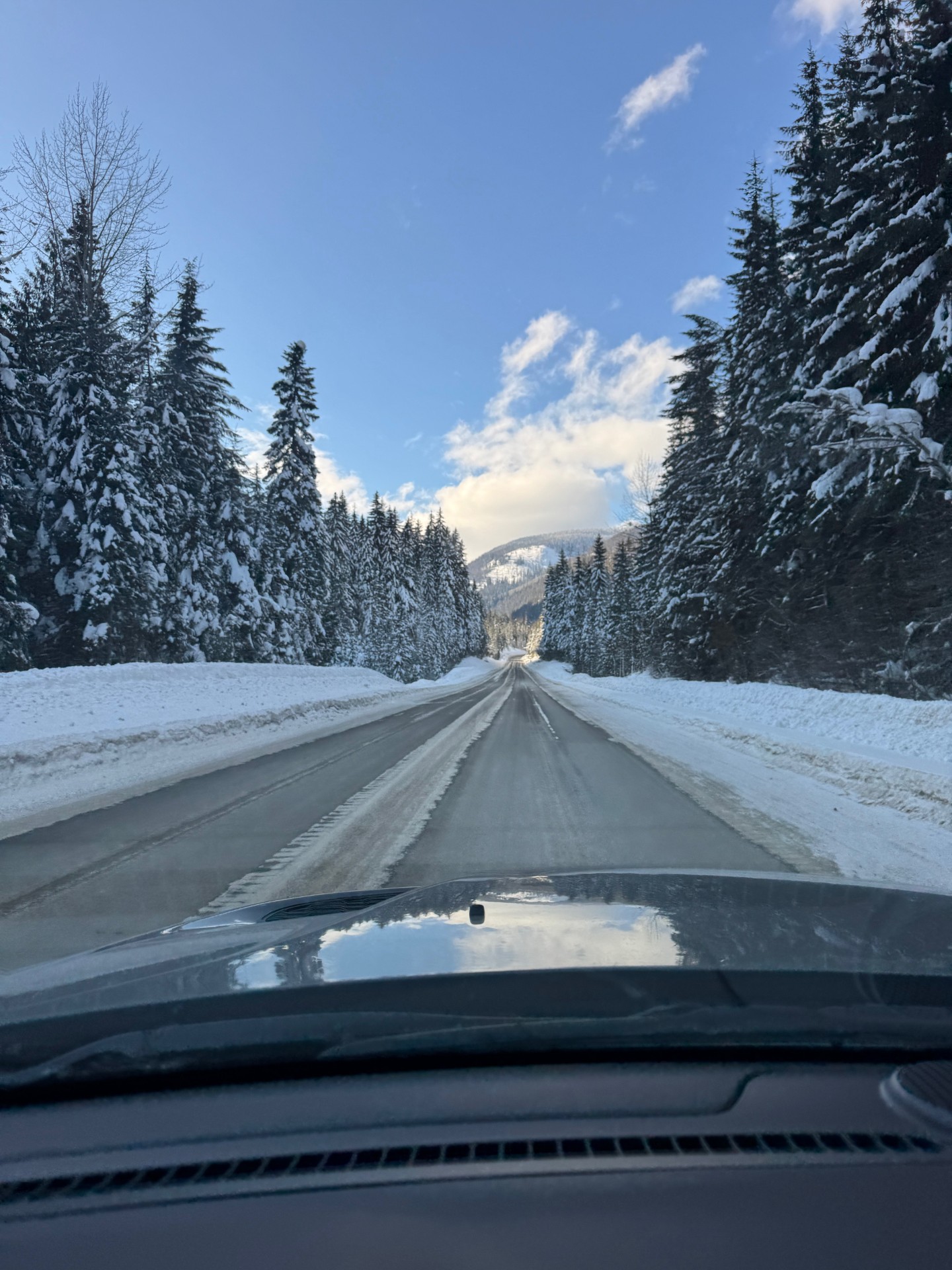

Fuel is relatively cheap in Canada, and gas stations are plentiful around towns. Routes are well ploughed, but it’s advised to check the road conditions before setting out, and winter tyres or snow chains are required for mountain roads.
If driving on the other side is a no-go, Whistler Blackcomb, 2 hours north of Vancouver, BC is a good option for a one resort holiday. With over 200 marked runs and 27 ski lifts, it’s one of the largest ski areas in North America and provides terrain for all abilities. Whistler Village is literally at the foot of the slopes and has plenty of accommodation choices, bars, restaurants and shops, emulating a more typical European setup – just replace raclette, Chartreuse and lederhosen with burgers, beer and maple syrup.
3. Online tickets
Lift tickets in Canada can be on the pricy side, but purchasing your ticket online in advance can offer significant savings. Red Mountain Resort in British Columbia (BC) (redresort.com) offers 20% off both single and multi-day tickets if you buy online more than 14 days in advance and web purchases can save time too, as you can head straight to a kiosk to grab your pass and avoid the ticket lines. Whitewater Mountain Resort (whitewatermountainresort.com), also in BC, offers a 10% discount if you book 21 days before you visit, although you will need to spend $5 on an electronic card to be collected on arrival.
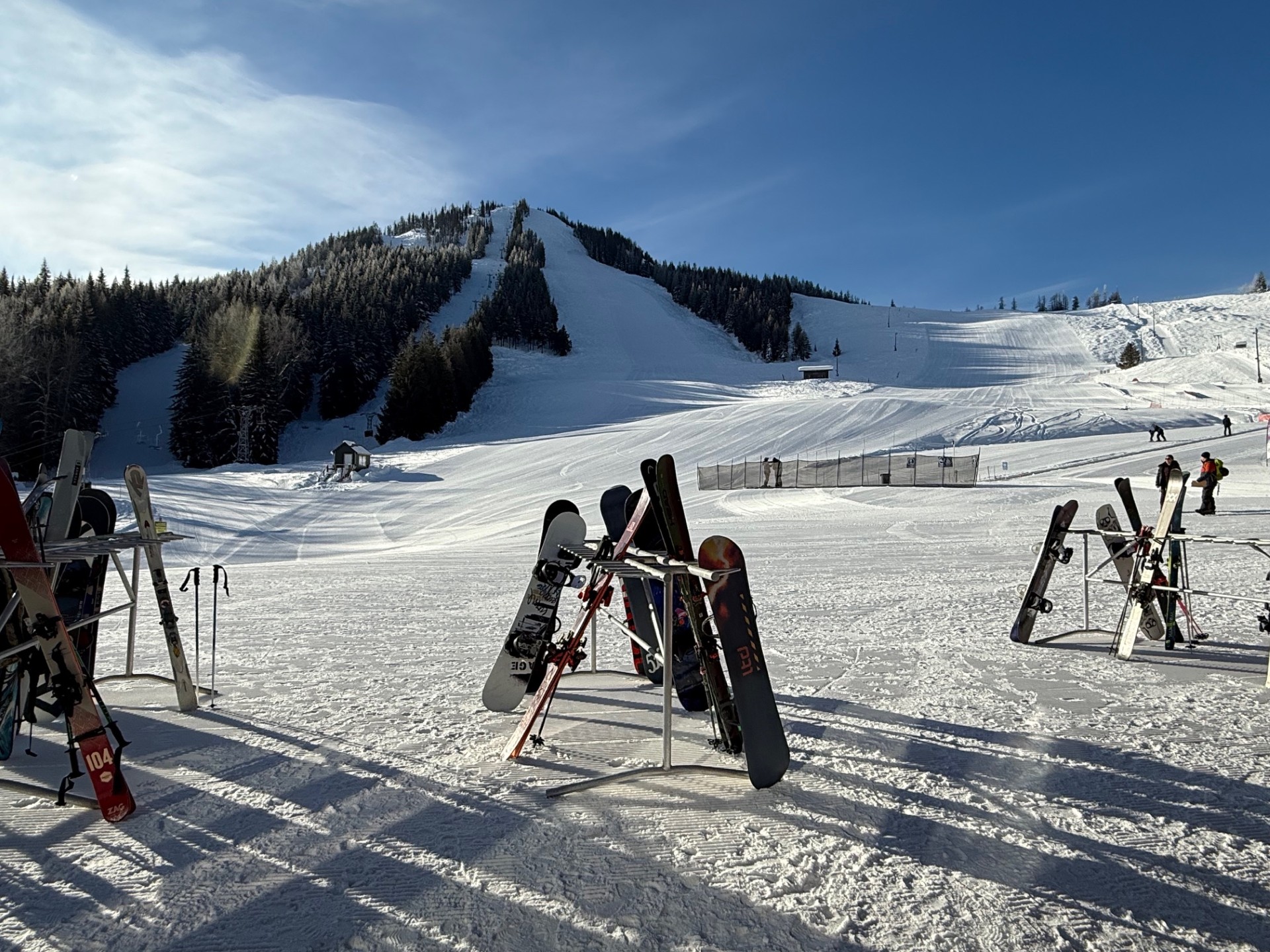
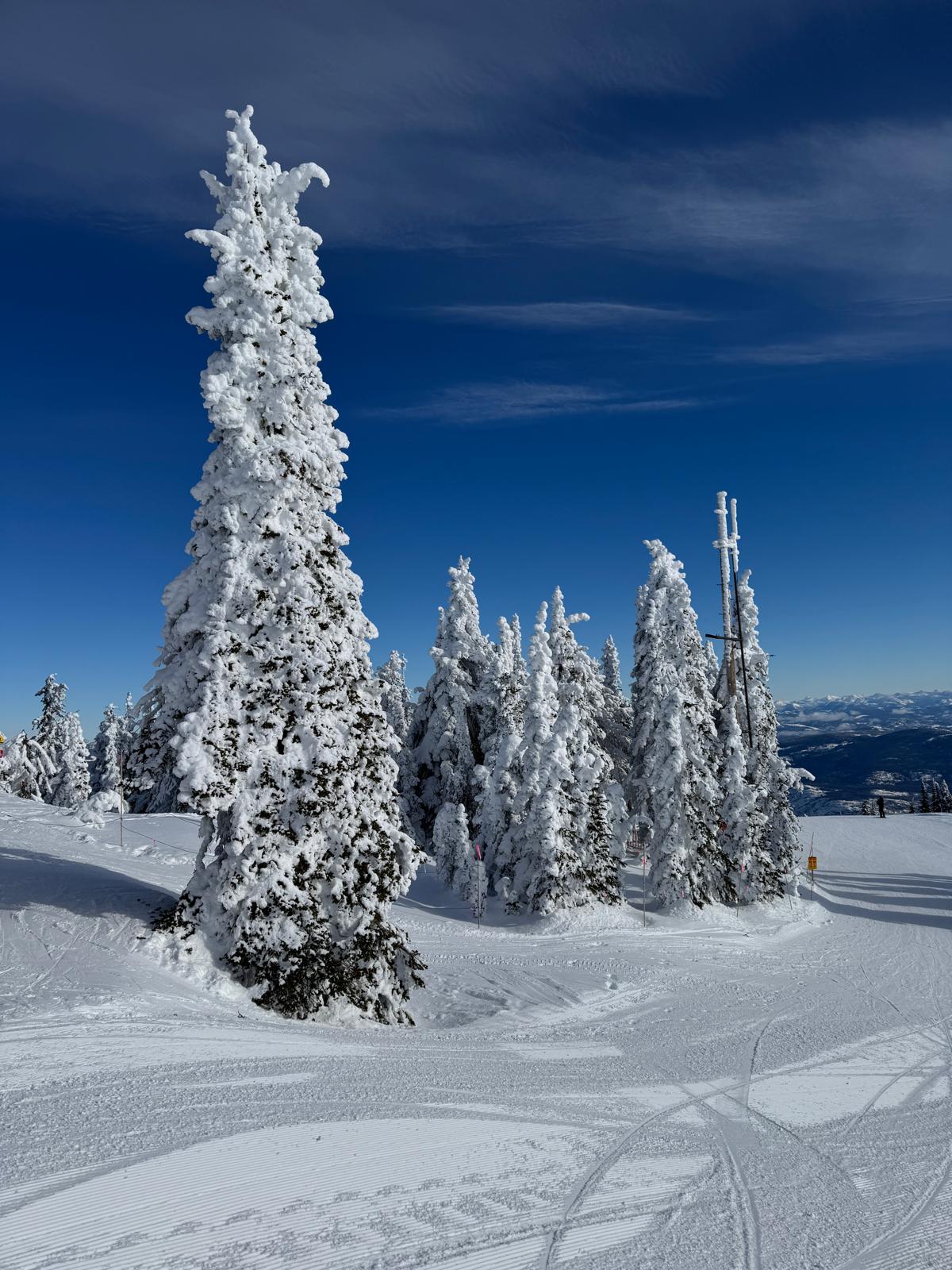
4. Ski Passes
For road trippers visiting several resorts, buying an Ikon Pass (ikonpass.com) or an Epic Pass (epicpass.com) may work out more economical depending on how many days, where and when you are skiing. The Ikon Pass is available for two, three or four days, covering eight Canadian destinations, but beware of ‘blackout days’ (specific dates the Ikon Pass isn’t valid). The Ikon Pass goes on sale in spring, and it can sell out, so investigate this option early. With the Epic Pass, you can opt to include peak dates on a four-day pass, which includes five Canadian mountain resorts, four in BC and one in Alberta, but if you have the flexibility to travel off-peak, you can benefit from reduced prices and quieter slopes.
5. Layer up
Canada can be cold! Banff Sunshine (skibanff.com), one of the most popular Canadian ski resorts for UK visitors, also has the highest resort altitude (1,658 m) and experiences an average January temperature of -18°C, but it’s not uncommon for thermometer readings to plunge to – 30°C.
Wear lots of warm layers, consider using disposable hand and toe warmers to keep those digits moving (boot heaters and heated gloves are expensive but worth it if you suffer the cold), a buff to cover your face and plan frequent breaks inside. Of the 12 lifts at Sunshine, there’s only one gondola, leaving limited opportunity to warm up without nipping in for a wee or a coffee. To avoid the icy air, it’s best to visit from March onwards – skiing is often open until May.
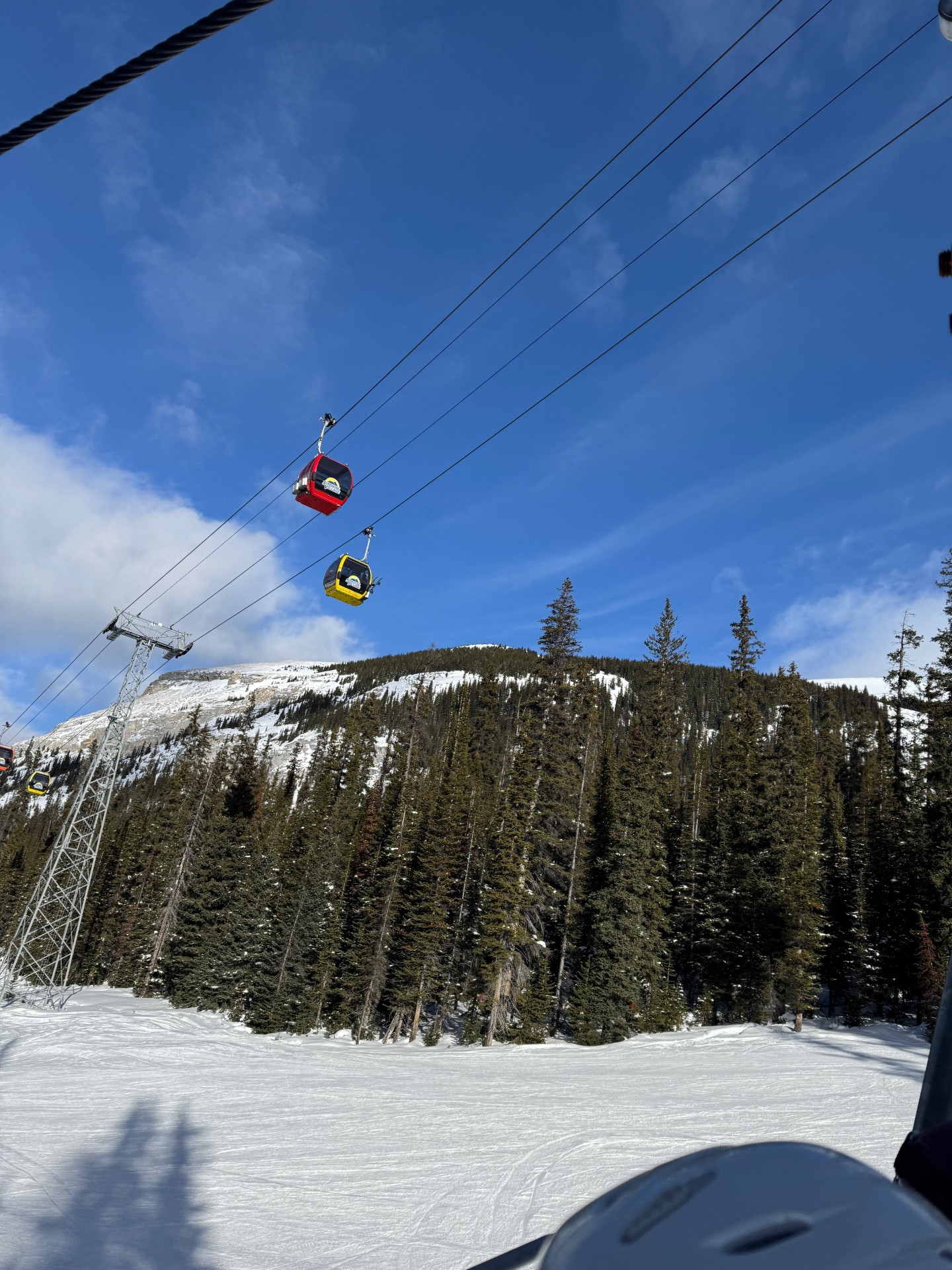

For something a bit warmer, the family-friendly resort of Big White (bigwhite.com) near Kelowna, BC sits nestled between the Monashee Mountains and the Okanagan Valley. Due to its sheltered position, it tends to experience milder temperatures than the Alberta Rockies and sees an average annual snowfall of 750cm.
6. Pack a lunch
Skiing in Canada is largely about skiing and on the mountain the eating options can be limited – typically a burger, a pizza slice or a bowl of chilli followed by a chocolate chip cookie. What you will find is large, warm accommodation for eating packed lunches and ample lockers to store bags. Why not make supermarket shopping part of the holiday experience and stock up on nutritious groceries (and some cookies of course), saving a few dollars in the process?
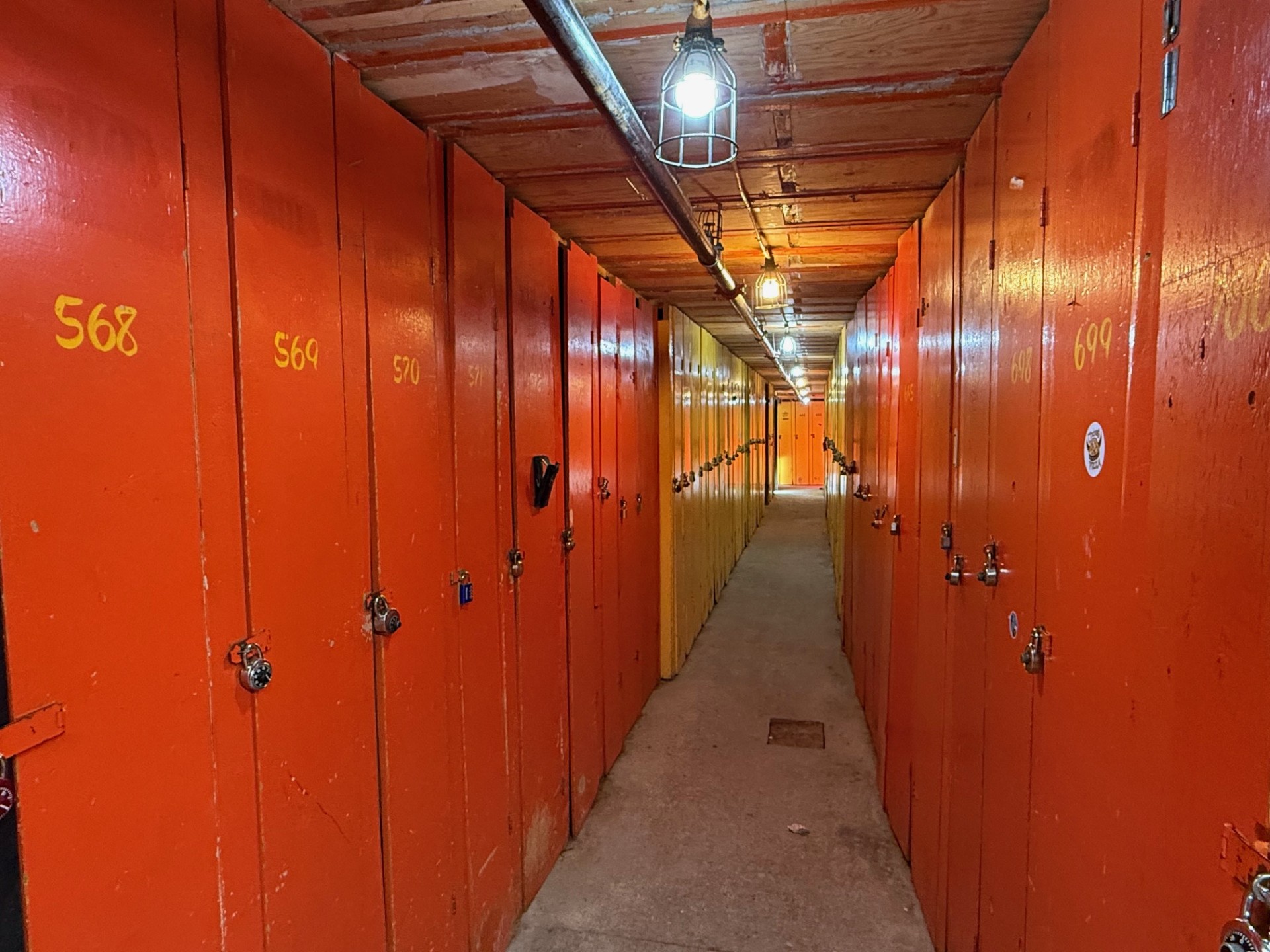
If a gastronomic lunch experience is important, amazing mountain food can be found at the internationally renowned Fresh Tracks Café at Whitewater Ski Resort, near the town of Nelson, BC. Former co-owner Shelly Adams created an innovative, healthy and versatile café menu to satisfy hungry skiers at the resort nestled in the Selkirk Mountains which proved so popular it inspired six cookbooks (whitewatercooks.com).
7. Apres Ski
The best variety of accommodation, restaurants and bars are often found in the lively towns nearby the ski resorts rather than at the base of the slope – emphasising the benefit of having access to four wheels. After a day bracing the elements, you’ll find most skiers heading to their vehicle in a sprawling car park, de-booting at their ’trunk’ and heading into town for a beer. Check out craft breweries in your destination; there’s at least one in most ski towns, serving up hoppy refreshments to quench your alpine thirst.
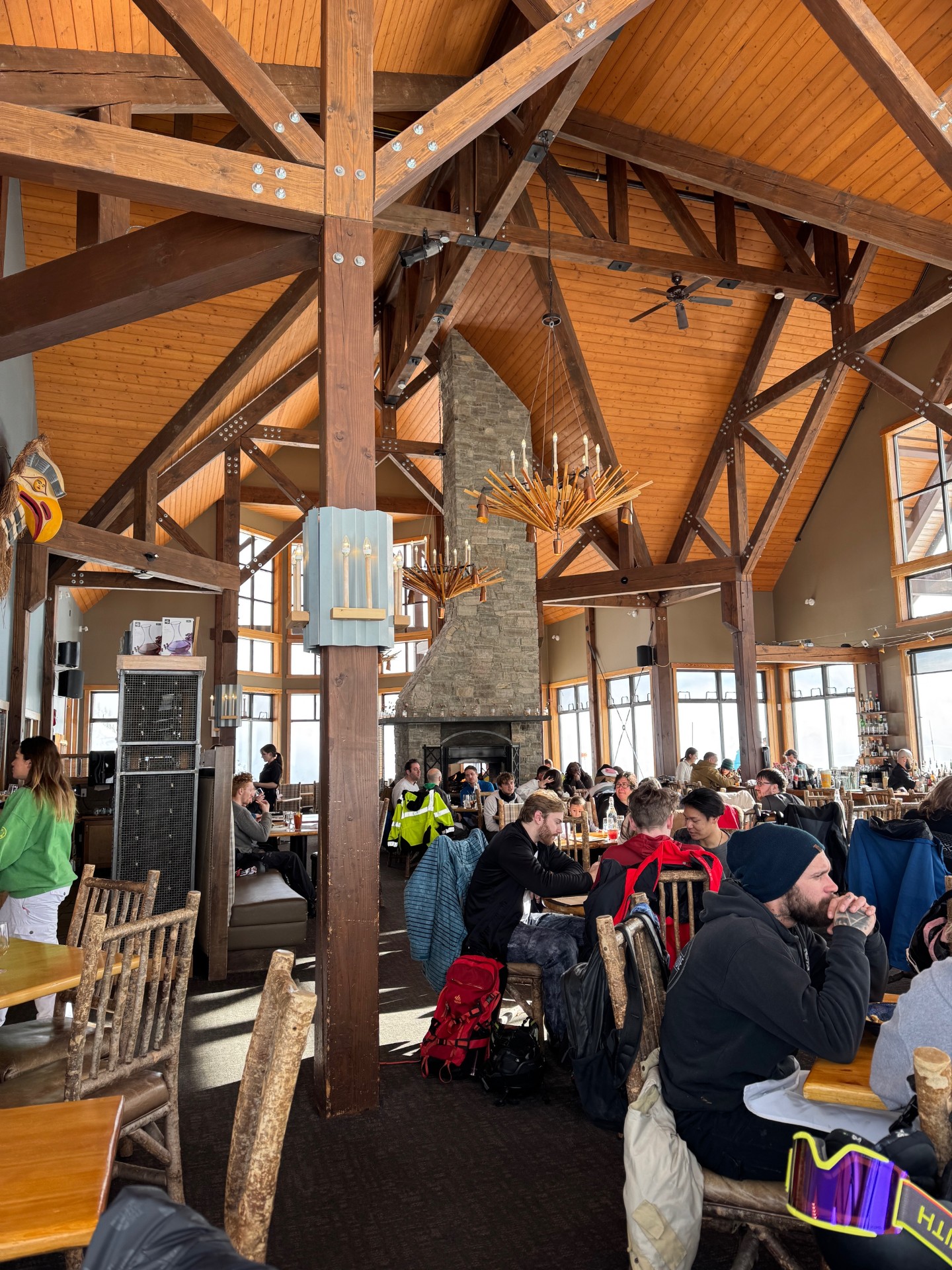
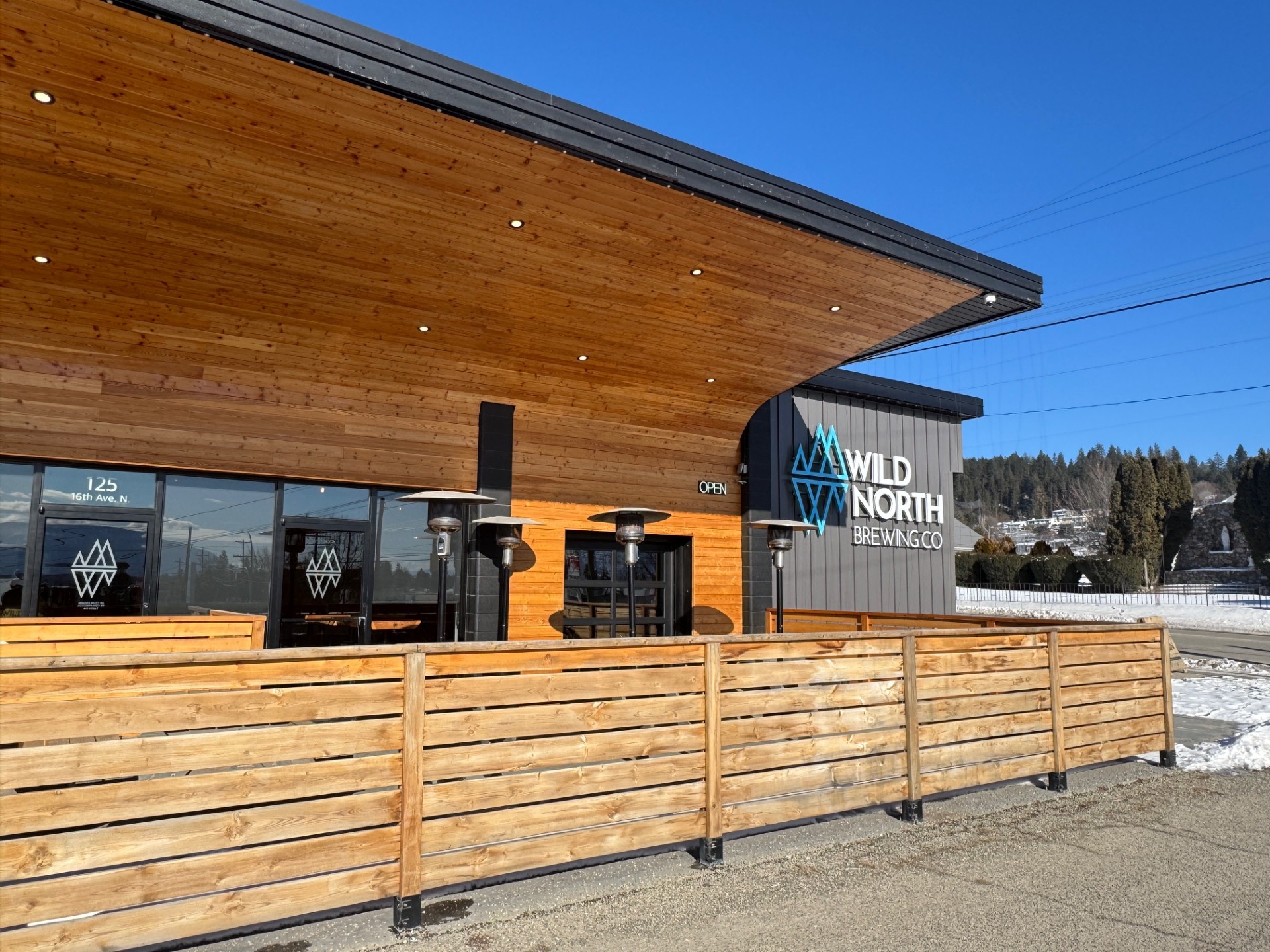
Kicking Horse Mountain Resort in BC, with 120 runs and 5 bowls, offers world-class skiing with some serious vertical, but lacks an après-ski buzz at the base of the slopes. You’ll find more action eight and a half miles away in Golden, where you can stop by Whitetooth Brewing for award-winning beers and live music. Golden also boasts a surprisingly wide choice of high-quality restaurants for a remote mountain town (population 4,000) – try Eleven 22 for eclectic food, served in tastefully decorated rooms of a converted house; the rustic Wolfs Den for steaks and handmade gourmet burgers; or the Whitetooth Bistro for cocktails and top-notch nosh in a casual but elegant setting. For Canada’s most elevated dining experience you could head back up the mountain and take the gondola in your civies to dine at the Eagles Eye Restaurant, perched at 7,700ft (kickinghorseresort.com). For those with teens be aware that in BC and several other provinces patrons need to be 19 to drink alcohol.
Get packing
While a winter escapade to the ‘Great White North’ demands a little effort both before you go and while travelling, you’ll reap the rewards of being well prepared, having barrels of fun skiing through the trees in champagne powder, testing your wits on wide vertical slopes, chatting to friendly and courteous locals in orderly lift lines and marveling at the sheer awesome beauty of the mountain scenery. So, start researching and get ready for an epic adventure in the sublime subarctic.
Backdrops don’t get much better.
